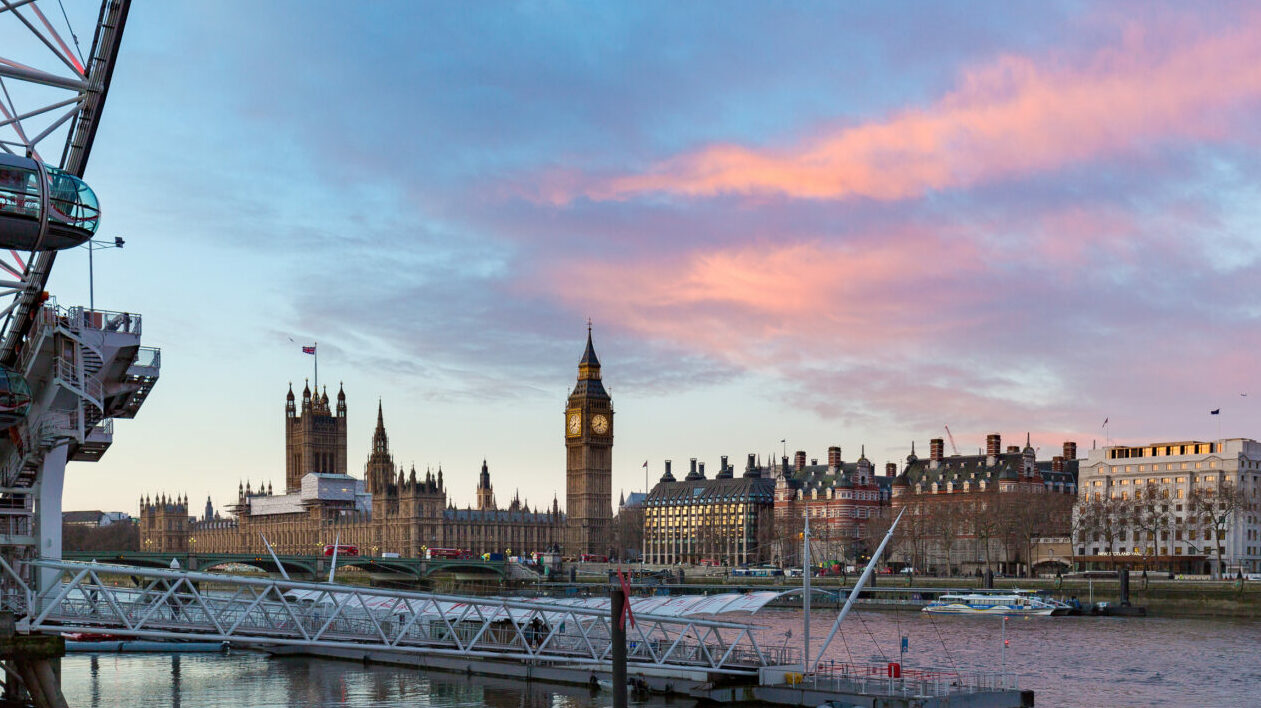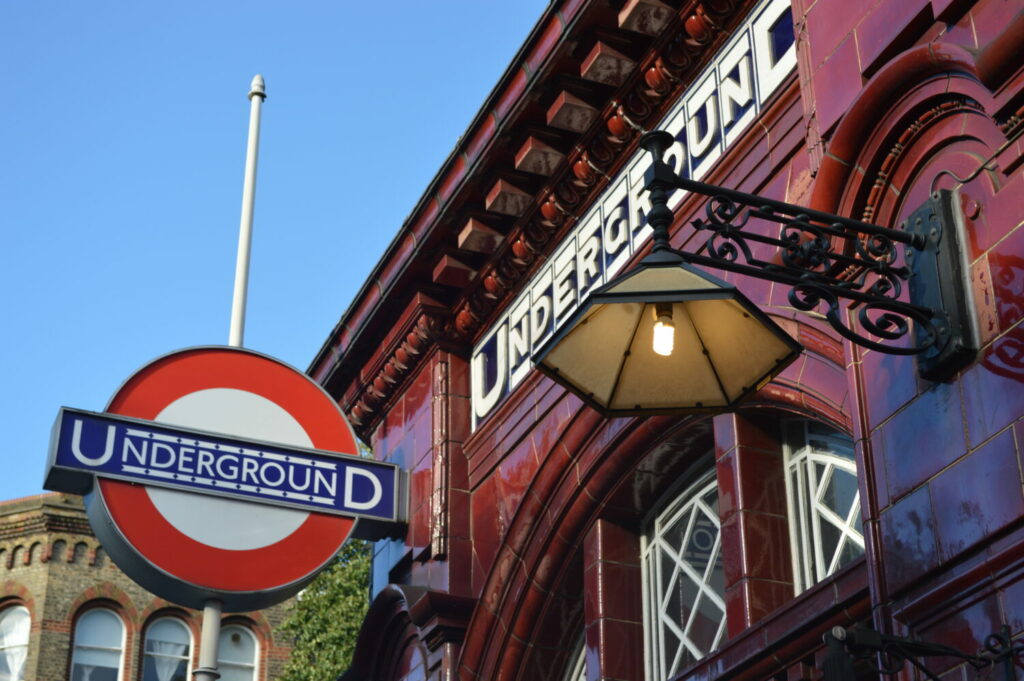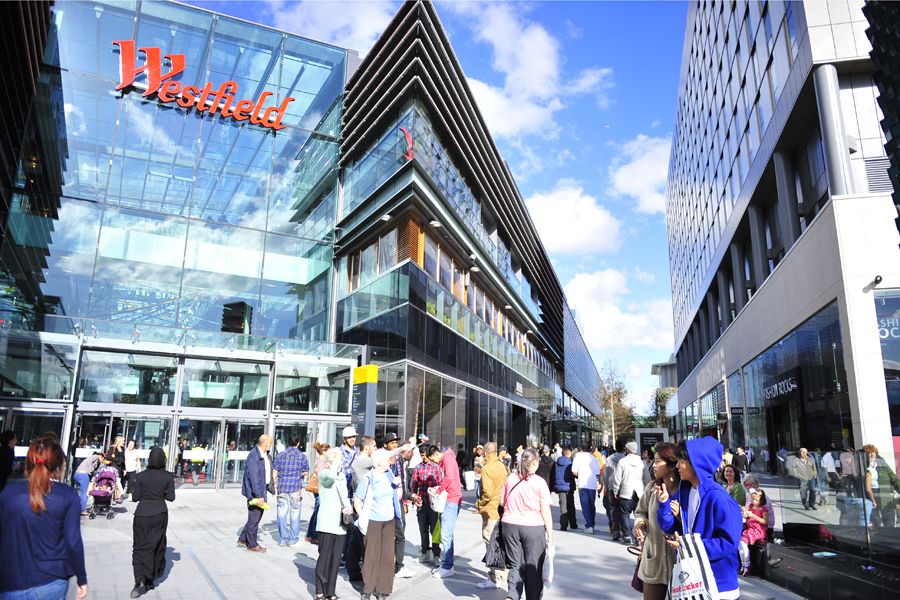A guide to renting a shop in Central London
Considering renting a shop in Central London? Here is what you need to know.
Defined as the innermost region of the capital, Central London covers the boroughs of Camden, Hammersmith and Fulham, Kensington and Chelsea, Lambeth, Southwark, Tower Hamlets and Westminster.
The retail industry today currently accounts for about 40% of all money spent in London and 9% of all employment in the metropolitan area. Moreover, in recent years the city has become much more accessible for small businesses and start-ups.
Check out shops to rent in London on Completely Retail
Attractions
As well as being the central base for government offices, embassies, and the business and financial district, Central London has much to offer tourists, who visit in their millions every year.
In Central London, you can find the city’s most iconic sights, such as Big Ben, the London Eye, Buckingham Palace and Westminster Abbey, as well as an array of museums and galleries including the British Museum, Tate Modern and the Natural History Museum.

Central London is even home to some beautiful and busy green spaces. Hyde Park, Kensington Gardens, and St. James’ park are among London’s Royal Parks.
Demographics
Central London’s population is 1.6 million, which is over 12,000 people per sq km. However, with a population of over 9 million in London’s metropolitan area and over 20 million visitors per year, it is safe to say that the footfall in Central London is always high.
In addition, the average annual salary in Central London is £50,827, compared to £38,131 in the UK overall, making it an ideal location for a retail business to thrive.
Transport
London is the best-connected city in the UK, both internally and cross-country.
Within London, TFL operates buses, the London Underground, Docklands Light Railway (DLR), the London Overground, the Elizabeth Line, trams, River Buses, ferries, Victoria Coach Station, Santander Cycles, taxis and the road network. TFL also offers a Dial-a-Ride service for disabled people who can’t use buses, trains or the Tube.

Much of the TFL network runs 24 hours a day, 356 days a year.
Central London is well-connected to the rest of the UK by road, National Rail services and coaches.
London also has six major airports which are all easily accessible from Central London by public transport: London City, London Gatwick, London Heathrow, London Luton, London Stansted and London Southend.
Top shopping districts
Home to a vast array of world-famous flagships, shopping centres, street food markets, and cobbled streets full of independent stores, it’s hard to beat shopping in Central London – there is something for everyone.
Easily London’s most famous shopping street, Oxford Street is home to more than 300 shops, including high-street chains, designer outlets and landmark stores. You can also find one of the UK’s four Selfridges department stores here.
Regent Street, which runs perpendicular to Oxford Street, offers some of the city’s oldest and most famous shops, including the Apple Store and Hamleys, as well as a good variety of mid-priced fashion stores.
Westfield has two shopping centres in London – White City and Stratford – both with over 250 shops and 80 eateries.

Under the famous Carnaby Street arches, you will find more than 100 brands along 13 shopping streets, plus 60 restaurants, bars, cafes and pubs. The area is known for its interesting mix of independent boutiques, heritage brands and up-and-coming designer names.
Chelsea’s King’s Road offers an eclectic mix of chic boutiques, designer shops and high-street staples, alongside picture-pretty cafes and restaurants. For a more unusual shopping experience, Camden is the place to be: here you will find plenty of stores selling alternative clothing alongside tattoo and piercing studios, while Camden Lock Market offers souvenirs, hand-crafted jewellery and vintage leather items.
Costs
Although renting a shop in Central London is more expensive than in any other UK city, at £49.64 per sq ft per year (on average), the benefits of having a presence in the capital outweigh the costs for many businesses.
Business rates are another important factor to consider. This is a tax on non-domestic properties, calculated using the property’s rateable value. You can find detailed information and calculate your business rates here.
Read more: The costs to consider when opening a shop
Agents with Central London offices
Population
1.6 million
Annual visitors
21.7 million
Check out shops to rent in London on Completely Retail
Read more: A five-minute guide to renting your first retail space